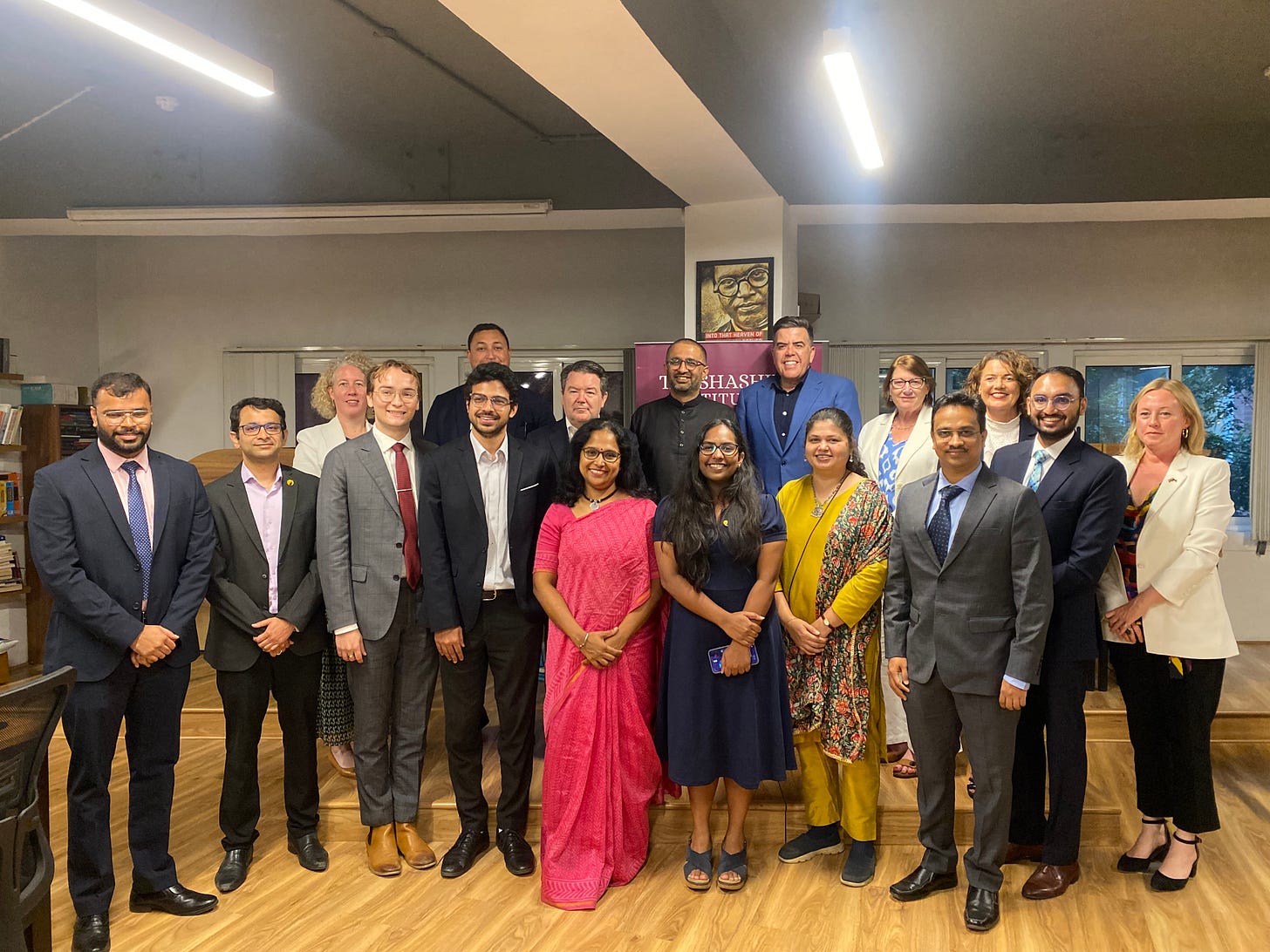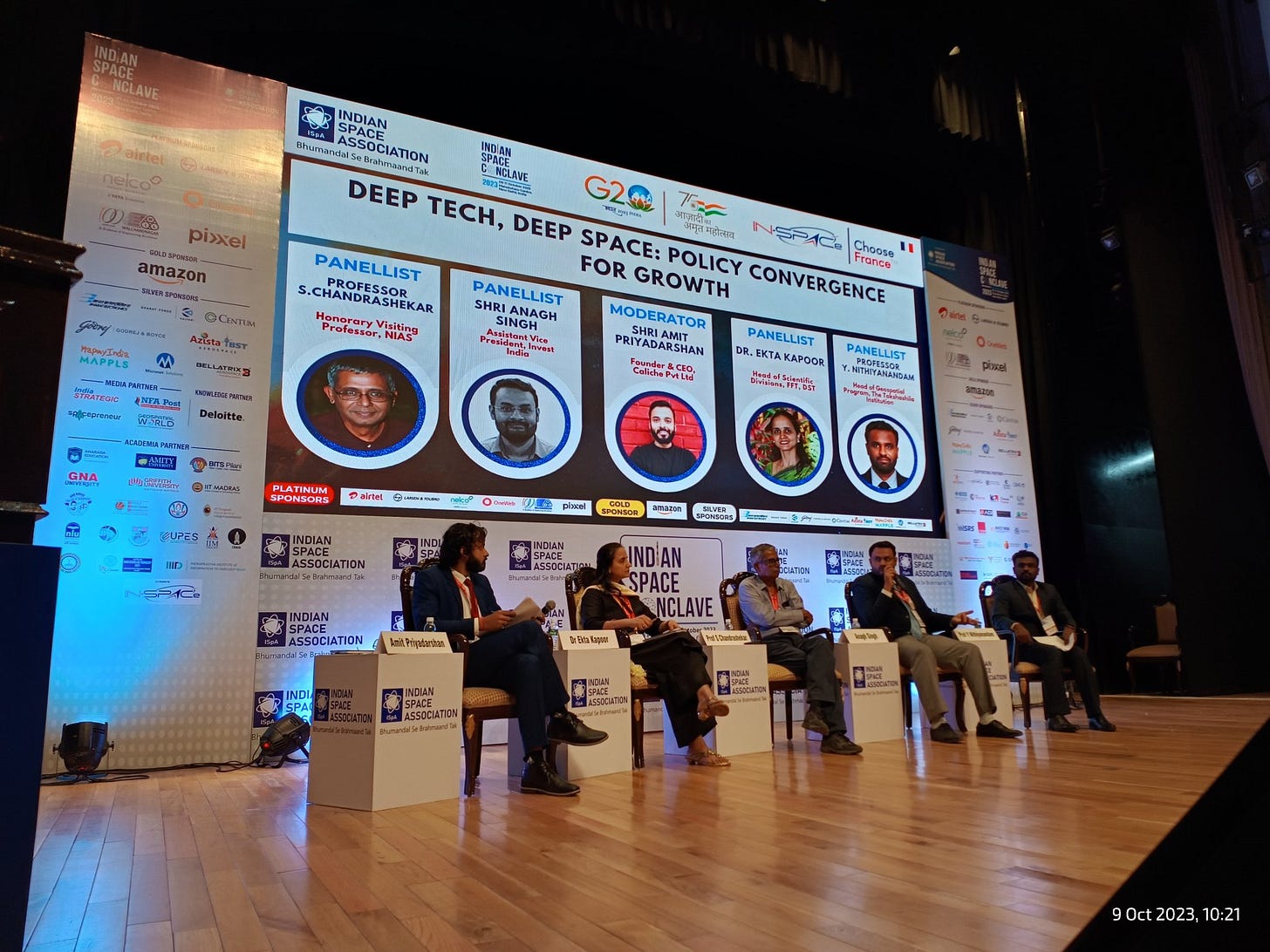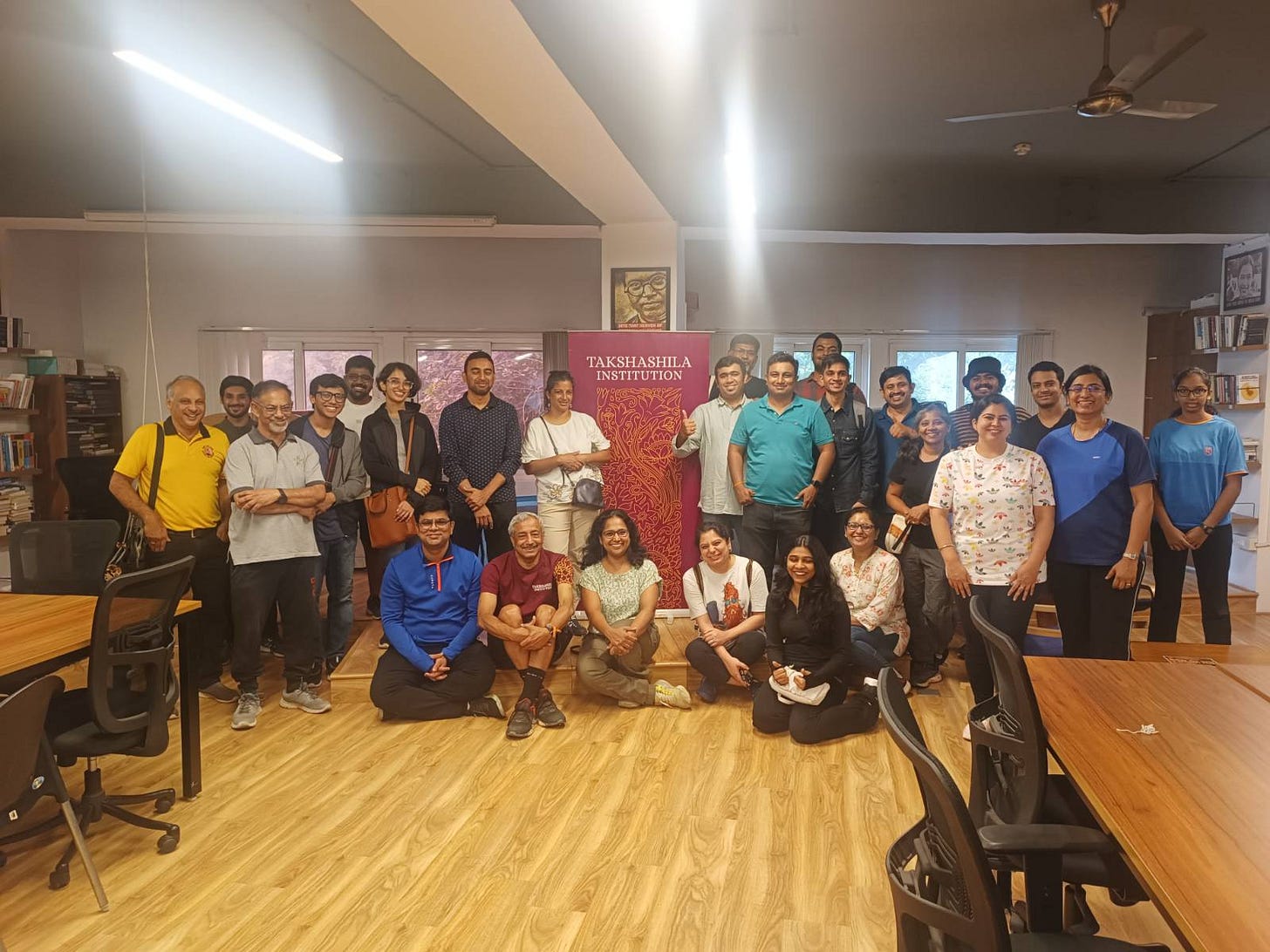(Don’t) Look East Policy: The Tyranny Of Distance
In August 2012, television journalist Rajdeep Sardesai wrote an op-ed for Hindustan Times in which he explained in great detail why the Indian media had not covered the biggest burning issue of the time — the riots in Assam — with the same intensity as the Gujarat riots of 2002. He headlined it ‘Tyranny of Distance’.
Essentially, he meant that, for Delhi media, Assam was remote and Gujarat wasn’t. Many areas of the north-east are inaccessible, he said, and reporting from there poses several logistical challenges that are often insurmountable.
To quote Sardesai:
“The truth is… rather more prosaic. Kokrajhar is at least 150 kilometres from Guwahati. No national channel has an OB van in Guwahati. As a result, by the time most reporters reached the worst affected districts, much of the violence was over. By contrast, Gujarat 2002 took place in the heart of urban centres like Ahmedabad and Vadodara, in many instances just a few kilometres away from news organisation offices. The horror was easily accessible, it could be captured on camera almost as it happened. Delhi 84 took place in the pre-24-hour news network period. I have little doubt that had similar rioting taken place today, the Congress goons who led the mobs would have been exposed in the same manner as the Sangh parivar groups who targeted Muslim homes in Gujarat.”
‘Tyranny of distance’ is a sword hanging over Rajdeep’s — and Indian media’s — head ever since. Is he the only one at fault, really, though? The northeastern states of India — the Seven Sisters, if you will — have had more or less the same treatment from the political class in New Delhi, and the rest of India, as it were, since Independence. This is the bitter truth: they are remembered mostly when there are elections or when there is a Chinese incursion in Arunachal Pradesh.
Manipur 2023 is no different. The state has been burning in an almost-civil-war kind of hell for the last six months. Close to 200 people have been killed and thousands if not hundreds of thousands displaced. Yet, Manipur is not getting any attention, either from the political class in New Delhi or from the national media, with the same force as, say, the Israel-Hamas war where the Indian media reached between 48 and 72 hours of hostilities erupting.
Thankfully, we have Takshashila’s director of the strategic studies programme Lt. Gen. Prakash Menon showing the political class the mirror. In what is definitely one of the most hard-hitting opinion pieces published in any Indian media outlet in recent times, Gen Menon writes:
“When violence erupted in early May, the political leadership at both the central and state levels effectively abdicated their responsibilities. They implicitly turned partisan, allowing the ethnic cleansing of Kuki-Zo community members in the Imphal valley. Later, they seemed content with managing boundaries that catered to the ethnic separation of the two communities. The wreckage of the Prime Minister’s so-called vision seemed to be clouded by the silence of the graveyard. Worse, the local police, with the tacit connivance of the state’s political leadership, practically handed over huge quantities of arms and ammunition to the Meiteis. Not a single round of bullet was fired nor was anyone hurt when the looting happened.”
Gen. Menon not only knows his stuff, but he also has extensive ground experience and foresight to know that this problem is India’s problem, not just the northeast’s. Unfortunately, the well-being of Manipuris may well be sacrificed at the altar of elections.
He writes:
“Unless Modi’s vision takes a U-turn in dealing with violence in Manipur, progress towards normalcy is unlikely. Since the outbreak of violence in May, the ball has largely remained in the PM’s court. But it seems that he expects the suffering of Manipuris to be drowned out by the cacophony of state and national elections. If this is the case, it could be a reprehensible and highly lamentable act of shortsightedness in the practice of statecraft.”
You can read his blunt analysis here.
Understanding The US Republican Party’s Far-Right Turn
How does a mayoral election in Franklin, Tennessee affect a small-town H-1B visa applicant from Telangana? In his op-ed for The Free Press Journal, Takshashila Senior Fellow Sachin Kalbag looks at how — since the election of Donald Trump as US President — the Republican Party there has a far-right turn, and their ideology has become increasingly exclusionary.
Trump never kept his views on immigration secret, and his poll promise — to build a wall across the 3145 km US-Mexico border — could have become reality had it not been for a pesky little thing in a democracy called elections. But here’s the thing: Gabrielle Hanson, a Trump supporter, is running for mayor of Franklin, Tennessee, and she kind of represents what the Republican Party is under Trump. She came to a recent meeting accompanied by members of a neo-Nazi group. The town council condemned it, but there has been no pushback against her from the party.
Indian American contender Vivek Ramaswamy has already announced his immigration policy that will likely impact Indian talent in a big way — he wants to scrap the current H-1B visa and chain immigration (green card) systems and replace it with something else that promotes “meritocracy”.
Sachin writes:
“In the run-up to the 2024 US presidential elections, the Republican Party — to which both Hanson and former President Donald Trump belong — is taking American political discourse in a direction that would have been unthinkable even a decade ago. Hanson is a known far-right ideologue, a philosophy the majority of Trump’s supporters back. They also say they will support Trump for the Republican nomination next year in spite of him facing four trials in which he is accused of serious crimes, including revealing state secrets and masterminding a violent uprising on January 6, 2021 following Joe Biden’s victory in the 2020 polls.”
He adds:
“For India, a Republican in the White House will have long-term implications. Therefore, regardless of whom we vote into power next year — the BJP or the I.N.D.I.A bloc — the new government will have to be ready for significant changes in American policy positions on both immigration and climate change. It is better to be ready than be taken by surprise in January 2025, when the new US President will take oath.”
You can read his full op-ed here.
Thoughts on the India-Australia Defence Partnership
The India-Australia relationship has seen meteoric growth since the turn of the century, with defence and security cooperation increasing, in concert with stronger ties in other areas. Their converging security interests — due to the rise of the Indo-Pacific as a strategic construct, shared concerns in the Indian Ocean Region (IOR), and a shared threat perception concerning China — have led to numerous domains in which India and Australia cooperate.
In their co-authored blog post, Takshashila’s Bharat Sharma and Bond University’s Josiah W Neal, write eloquently on how the two Quad partners have collaborated on strategic issues.
They write:
“India and Australia have had frosty relations for the most part since their diplomatic relationship began in the 1940s. However, the early 2000s saw vigour in defence cooperation engagements. In 2006, the two countries signed a defence framework agreement (‘Memorandum of Understanding on Defence Cooperation’), laying down key elements of defence cooperation, including terrorism, information sharing, and extradition. Then, in 2009, the India-Australia Joint Declaration on Security was signed, adding new areas of cooperation and committing to strengthen others amidst an overall upgrade of their relationship to a “Strategic” one. In 2014, the ‘Framework for Security Cooperation’ was signed, declaring “converging political, economic and strategic interests” between the two countries, with their main bilateral exercise — AUSINDEX — beginning in 2015, with others taking shape.”
You can read their excellent piece here.
Will a Seagull Flapping its Wings in Sudan Cause a Tornado in the Rest of Africa?
Edward Norton Lorenz, the mathematician and meteorologist who famously gave the world the phrase that a butterfly flapping in wings in Brazil can cause a tornado in Texas, had originally gone with the example of a seagull. You see, Lorenz included the butterfly example in a lecture he gave in December 1972 at a session of the annual meeting of the American Association for the Advancement of Science (AAAS) because his colleagues told him to. He had originally used a seagull. In 1987, the term “butterfly effect” took flight thanks to James Gleick’s best seller ‘Chaos: Making a New Science’—and Lorenz’s discovery reached a general audience.
Something similar can be thought of after what happened in Sudan in September this year. As Takshashila’s Kingshuk Saha writes:
On September 17, 2023, the paramilitary Rapid Support Forces (RSF), commanded by Gen. Mohamed Hamdan Dagalo, attacked the Sudanese army headquarters in Khartoum led by Gen. Abdel Fattah al-Burhan. The latest escalation of fighting since the start of the civil war on April 15, 2023, when a deepening power struggle between al-Burhan and Dagalo exploded into an all-out conflict. It has not only aggravated the political turmoil in the African nation but also gave rise to a humanitarian emergency in the Sahel region and beyond. Sudan is the third largest country in Africa continent, and it shares its borders with seven countries (Libya, Egypt, Chad, the Central African Republic, South Sudan, Ethiopia, and Eritrea) in an already unstable region. Its descent into chaos will likely exacerbate poverty, and it has the potential to inflame extremism across the region, thus posing a serious global security challenge.”
Kingshuk not only looks deeply at the goings-on in Sudan but their impact on the neighbourhood and elsewhere in great detail.
You can read his piece here.
Wait, There’s More!
In another brilliant podcast episode of All Things Policy, Takshashila’s Carl Jaison and Malathi Renati discuss India’s success at this year’s Asian Games at Hangzhou and look at what went right for India’s record haul of 107 medals, the country’s highest-ever. You can listen to it here.
We hosted the Australian Parliamentary Delegation led by Hon. Milton Dick, Speaker of the House of Representatives, and joined by Ms. Hilary McGeachy, Australian Consul General to Bengaluru, on Monday, October 9th. The delegation had an engaging conversation with our team on ways to strengthen the India-Australia partnership.
On October 14th, Takshashila co-founder Nitin Pai's blockbuster book Nitopadesha was the talk of Goa. Organised by the International Center Goa as part of its Kitaab [Books in Discussion] series, Nitin was joined by ICG director Dr. Pushkar in an invigorating chat about the book.
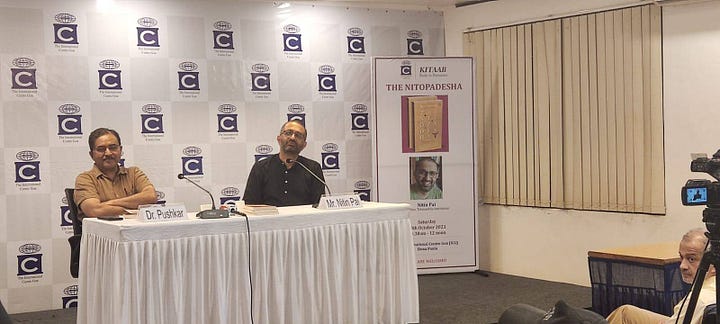
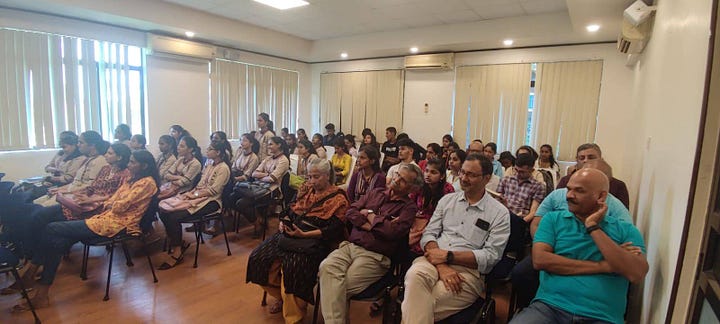
The opening session of the Indian Space Conclave 2023 at Manekshaw Centre in New Delhi saw Dr Y Nithiyanandan as part of a superlative panel that discussed the convergence of Deep Tech and Deep Space Policy in growth. Deep Tech refers to innovation founded on advanced scientific and technological breakthroughs. The head of Takshashila’s Geospatial Programme spoke about four different aspects of the national geospatial policy. He said, “It aims to create open data access for the national geospatial policy. It helps in opening up the commercial sector more, building skills in the aforementioned areas, and developing international collaboration in the Geospatial Field.”
We conducted a ‘Bangalore Walk’ for our staff and alumni this weekend. Led by Arun Pai, a master of all things Bengaluru, the group went through a tour of the city’s rich archaeological, cultural and scientific history, embossed within its distinct landmarks spread over today’s central business district.
That’s all for this week. Take care!


